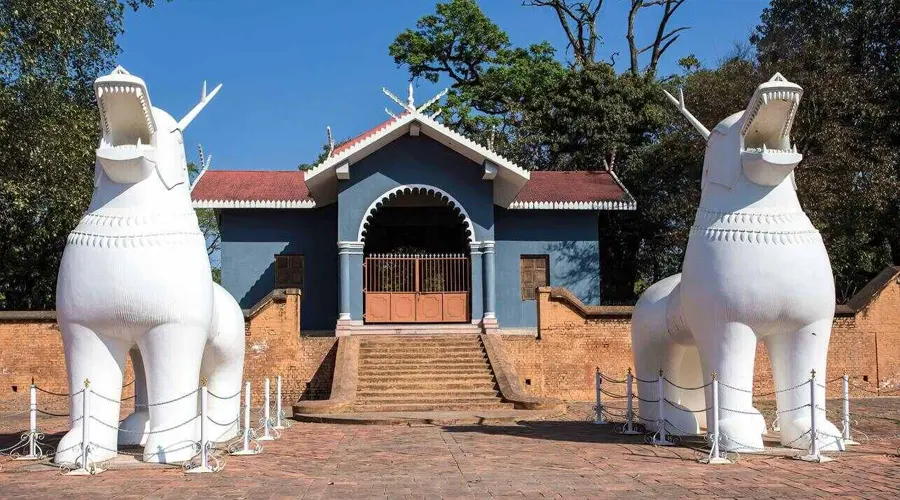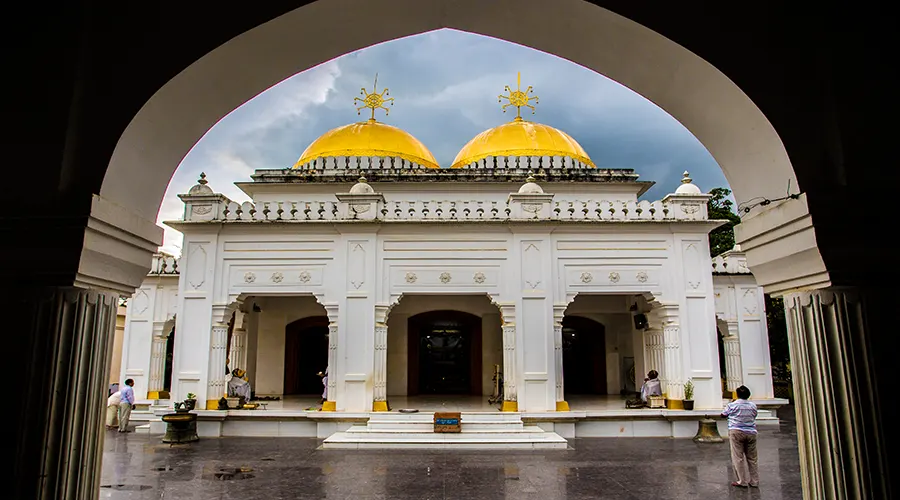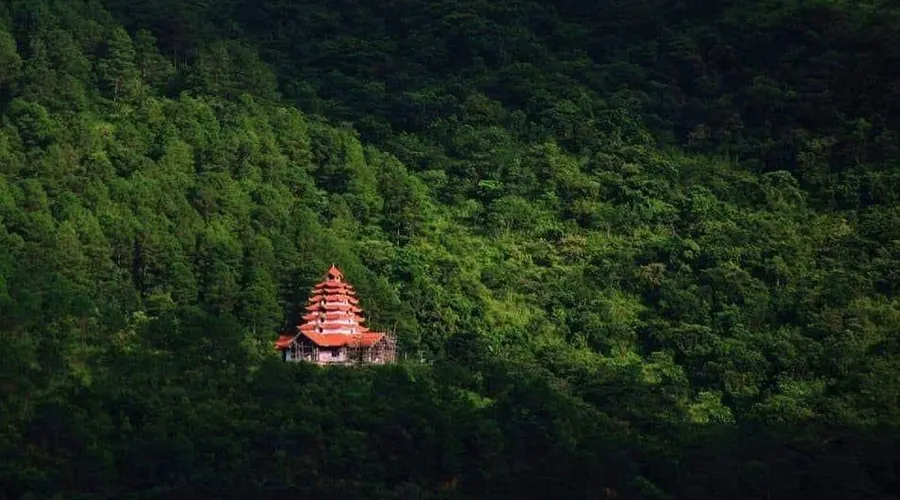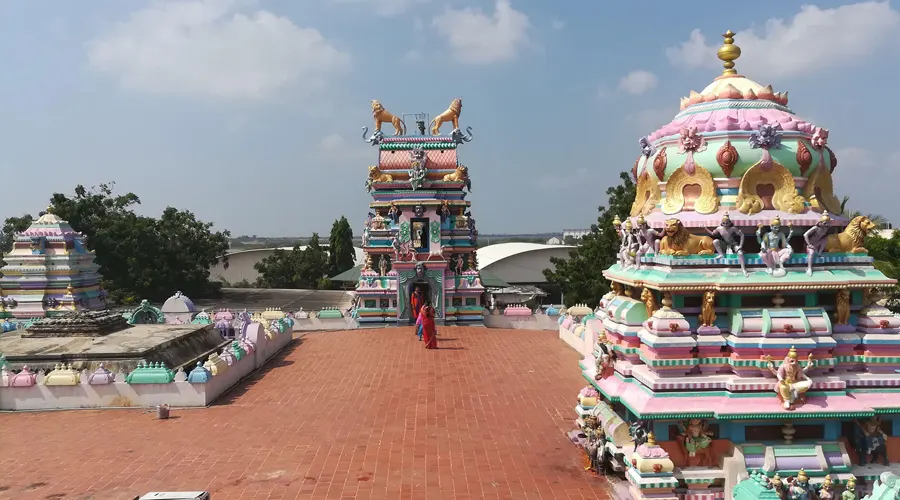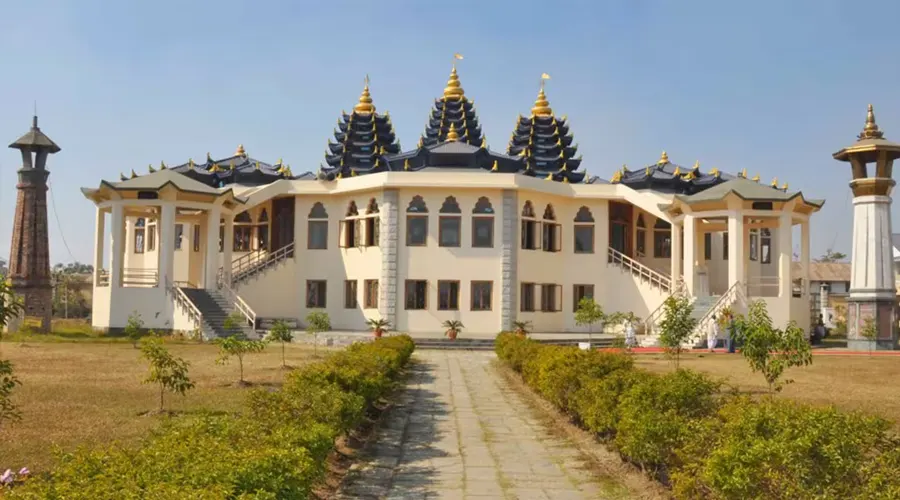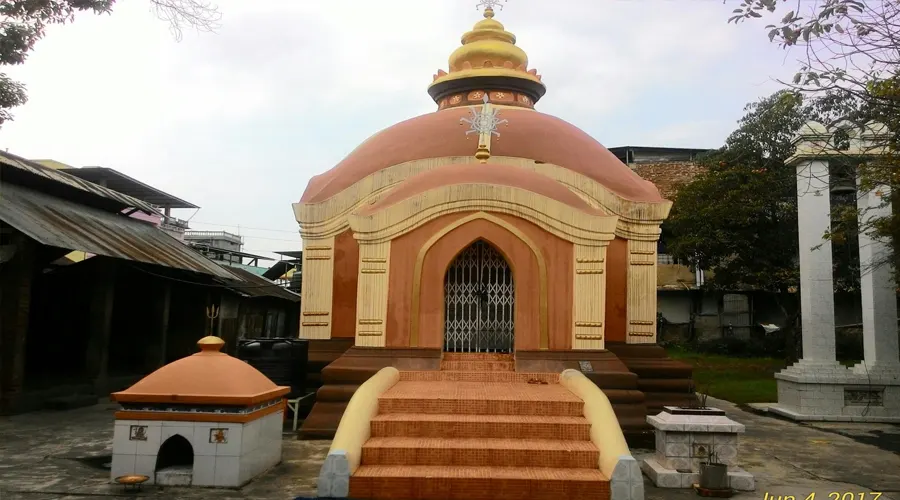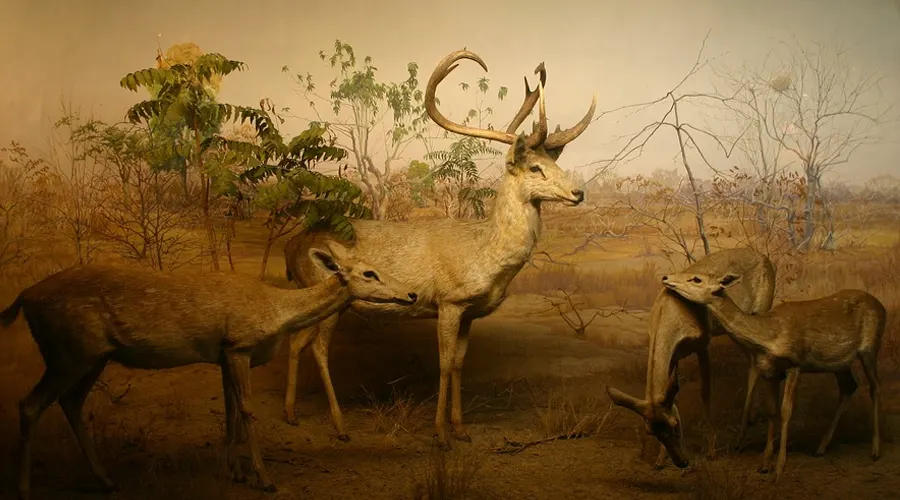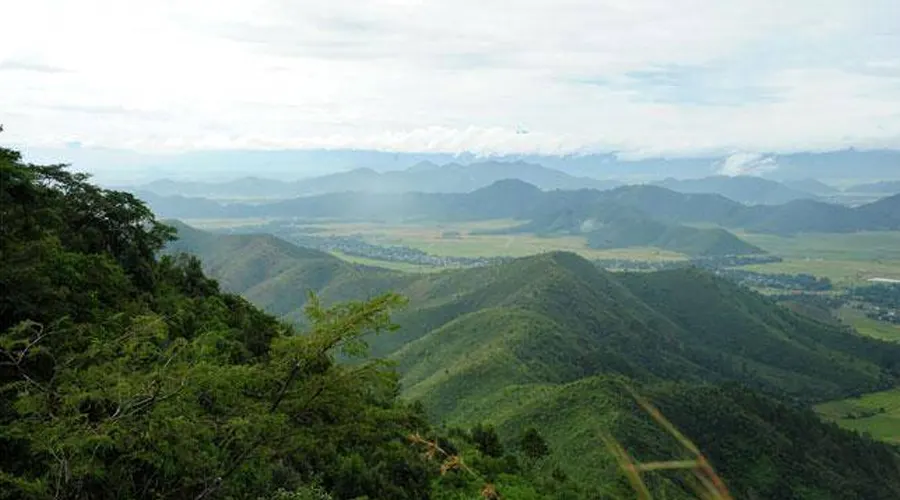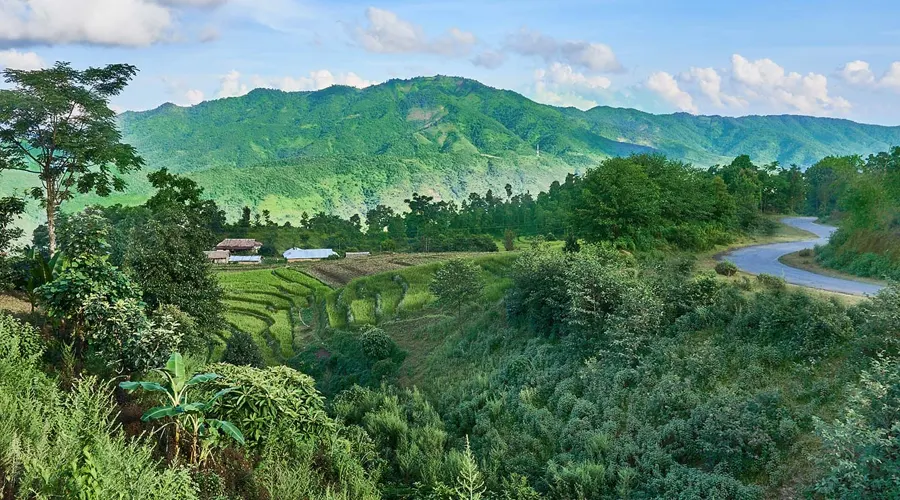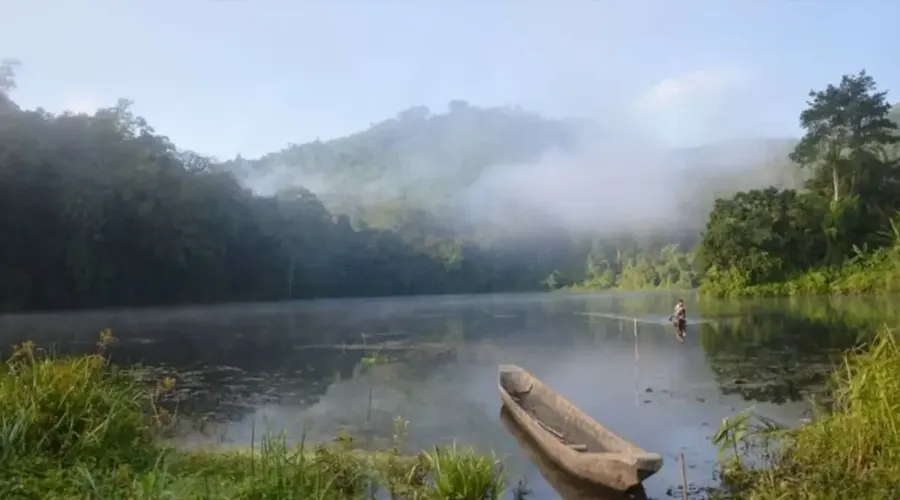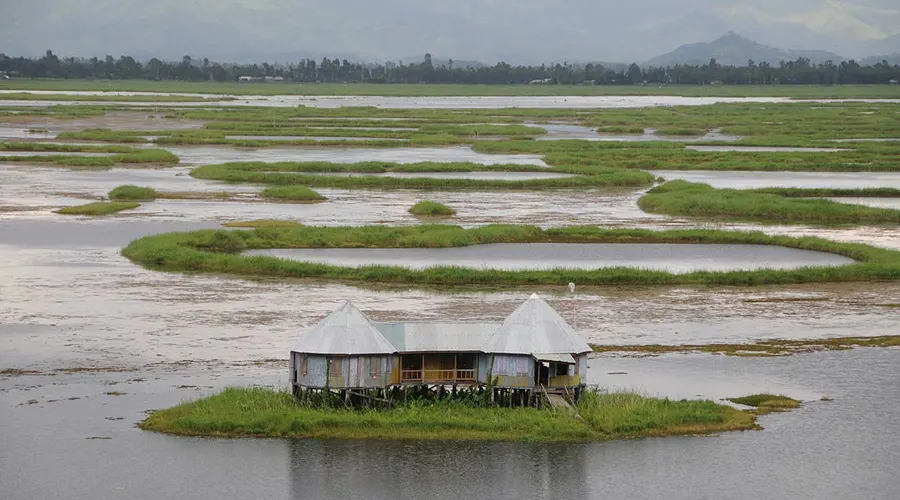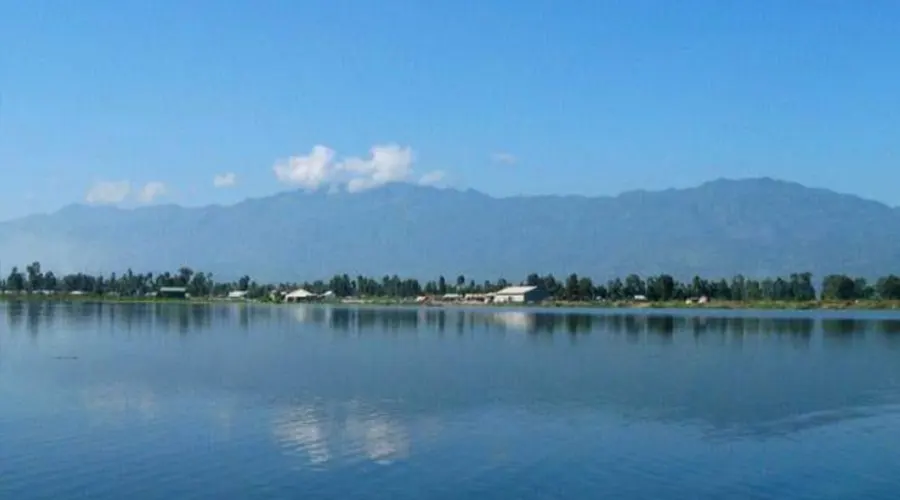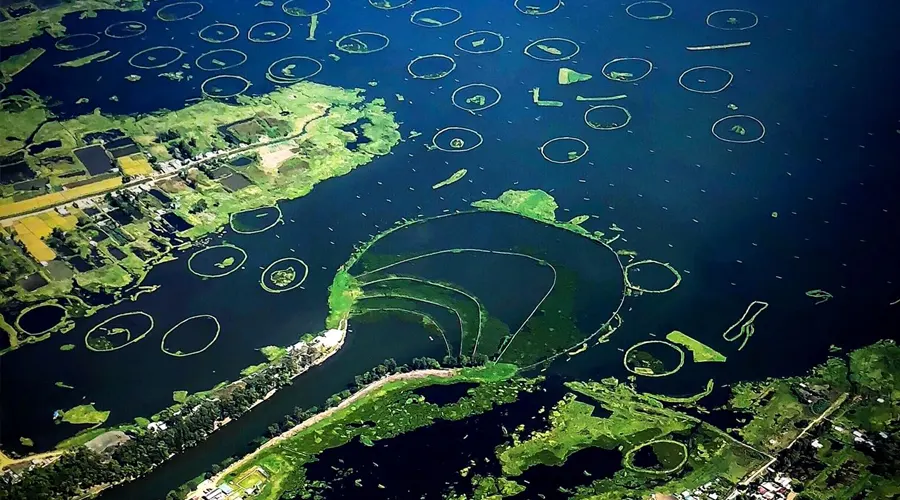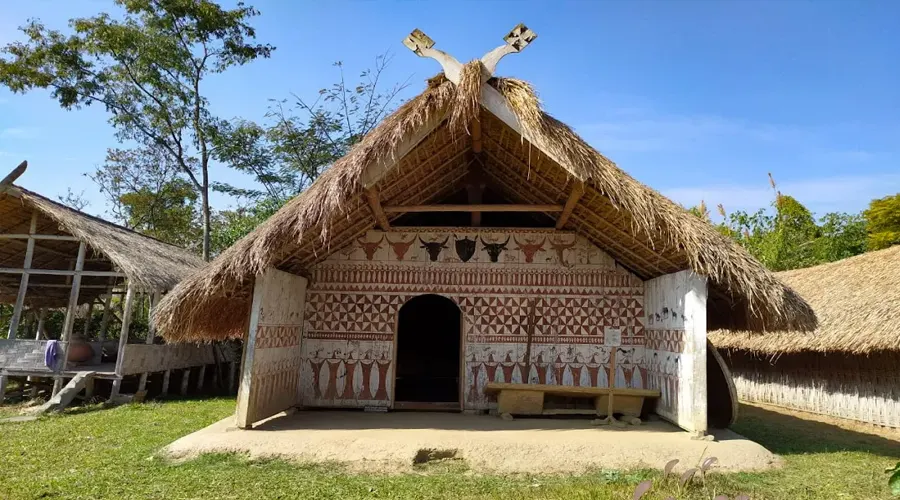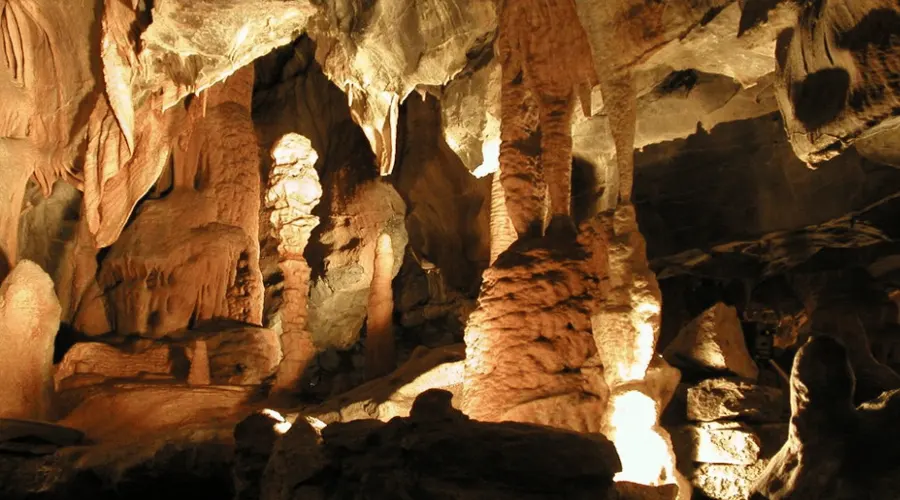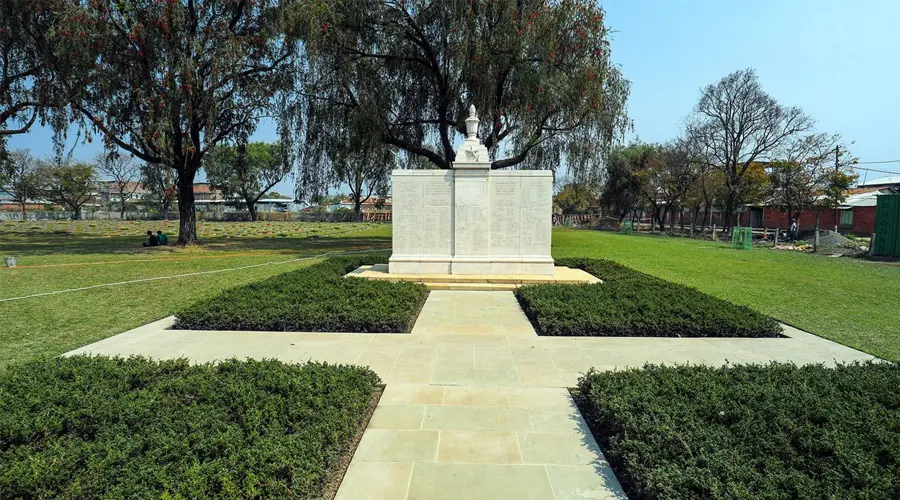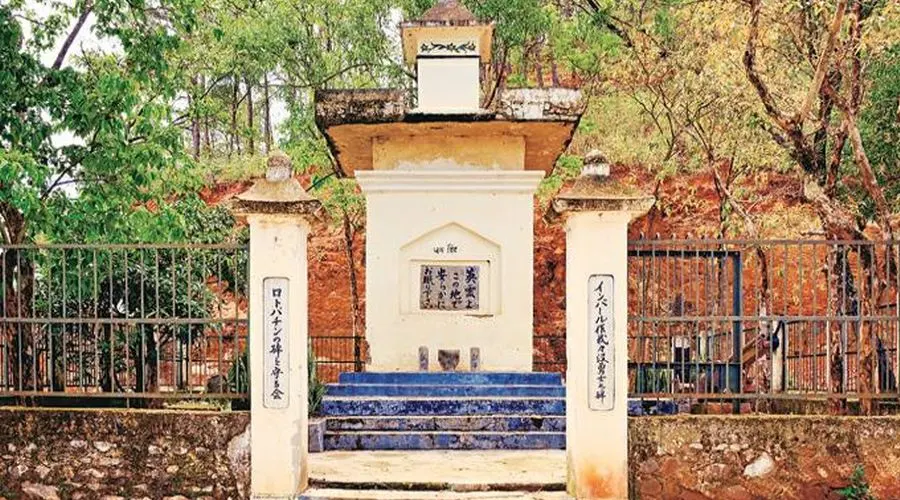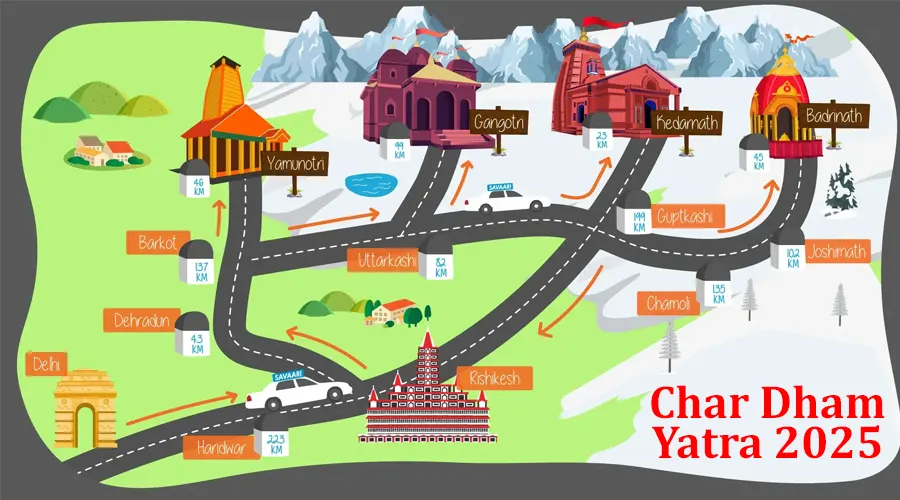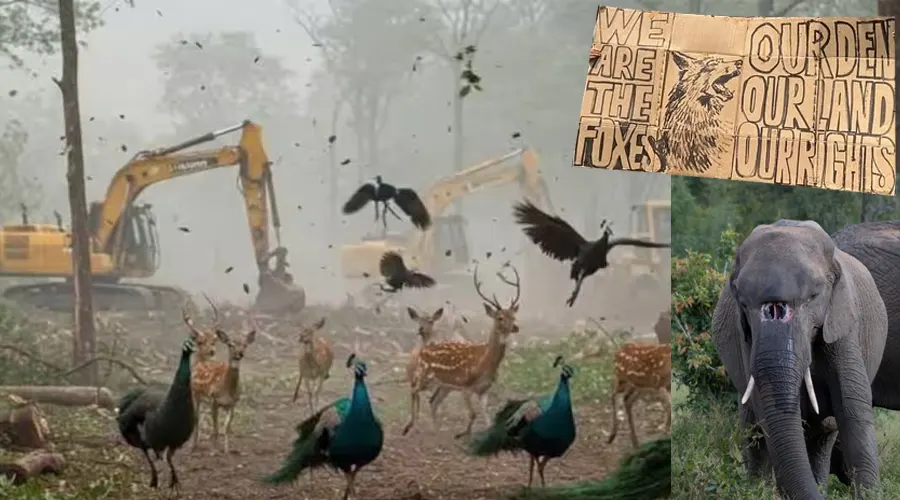Kangla Fort
The seat of Manipur's power till 1891, a historical embodiment of Manipuri Rulers and the people of Manipur, Kangla has a special place in the hearts and minds of the people of Manipuri people. The literal meaning of Kangla is Dry Land and it is a part of the Meitei language. This ancient capital of Manipur is situated in the center of the city of Imphal. Since the time of Pakhangba, the fort has been talked about in 'Cheitharol Kummaba'. During earlier times the fort was on both sides of River Imphal but now only its remains are left on the western edge of the river bank. Now known as a historical and archaeological site it is still dotted with several shrines that are still revered by the locals and people of the adjoining Northeast states.
History of Kangla Fort
Rooted in the heart of Imphal, the capital city of Manipur, Kangla Fort is a testament to Manipur's storied past. Known to the locals as 'Kangla', which means "dry land" in the Meitei language, the site has been significant since the reign of the Pakhangba kings. Historical evidence suggests that the fort has been a prominent site since 33 AD when it served as the royal seat of power for the kings of Manipur's Kangleipak kingdom.
The fort has undergone several transformations and reconstructions under different rulers over the centuries, with its structure mirroring the changing political landscape of the region. It became a vital political and religious center, hosting several coronations and state rituals. The fort's rich history saw its climax when it fell to the British in 1891 after the Anglo-Manipur War. Since then, it has been a confluence of colonial and indigenous architecture.
Significance of Kangla Fort
Kangla Fort holds immense historical, archaeological, and cultural significance. It offers tourists a glimpse into the ancient kingdom of Manipur, its architecture, and its traditions. Visitors can explore the remnants of the palace complex, religious structures, and other important artifacts that provide a deeper understanding of the region's past.

